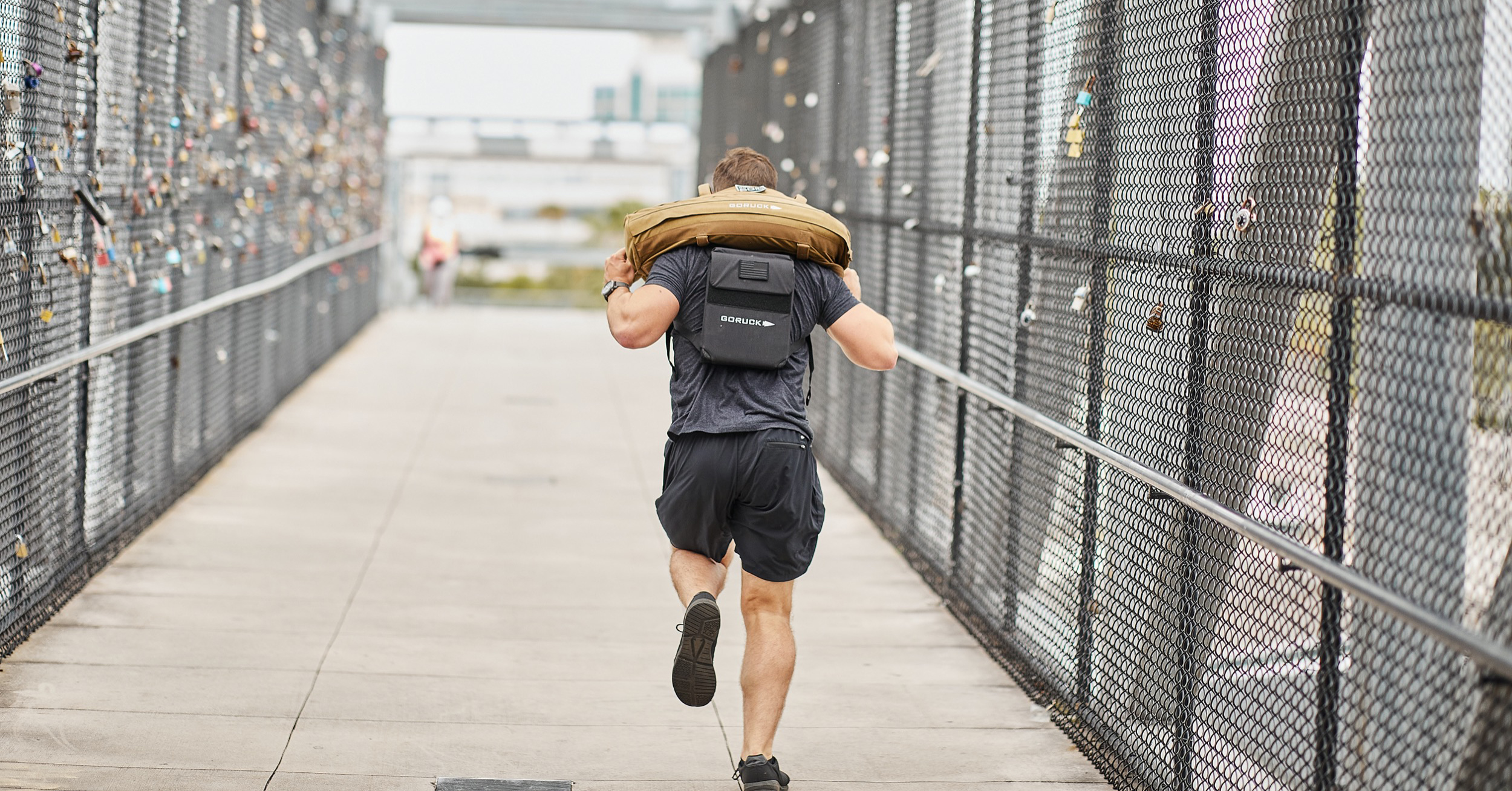
Learning how to effectively scale workouts is a vital skill for every athlete. Scaling allows anyone, regardless of their ability level or the amount of time they have been working out, to receive the same stimulus from a workout. It also allows two athletes of widely varying ability levels to compete against one another.
GORUCK Sandbag & Ruck Training provides programming with only a rucksack and/or a sandbag and some weight. The workouts are already streamlined to minimal equipment, but what if the prescribed movement or weight is too much for you? Or what if you have an injury that prevents you from doing that movement?
Here are some of the best ways to scale a workout:
- Scale the Weight – Do less weight than what is prescribed if you’re up against a clock or doing that weight would prevent you from continually moving or compromising the quality of your form.
- Decrease number of Rounds or Rep Count – If 10 rounds for time is just too much for you, cutting back on the number of rounds is an easy way to still get the movements in without being overly taxing and causing excessive soreness the next day and preventing you from training consistently.
- Decrease Time – For an AMRAP (as many rounds as possible in a certain number of minutes), consider scaling the time to decrease the intensity. Remember that on an AMRAP, it’s a good idea to stay consistent on your time per round and not come out of the gate too “hot.”
- Find a Partner – Any workout can become a partner WOD if you simply split up the reps. Have one person move at a time while the other one rucks for distance or time. Prescribed rest can give you the extra boost of energy you need, but keep your rest active by rucking.
- Modify for an injury – The key here is to always listen to your body. If you have an injury you are seeking medical advice and physical training for, scale according to what your doctor prescribes. If you have a history of bad knees, don’t squat below parallel (go as low as is comfortable) and avoid jumping (step instead). Shoulder injury? You probably need to avoid overhead movements and instead throw the ruck or sandbag on your back and modify the movement accordingly (when in doubt, squat).
The following is an SRT workout. We will identify different ways to scale the workout for skill, strength or injury, as well as tips to help you get the best time and/or score possible, so you can #keeptraining.
“Lag Time”
4 Rounds
- 200m Ruck with Sandbag Suitcase Carry
- 20 Overhead Sandbag Presses
- 20 Walking Lunges
- 20 Front Squats
- 20m Bear Crawl with Sandbag Drag
*If completed under 15 minutes, complete max Sandbag Throws with remaining time.
Prescribed Weight: We recommend a moderate sandbag weight for this workout, 60# for men and 40# for ladies.
Weight Modification: Scale the weight according to your fitness level. Try each movement a few times at a weight you think you can handle for the duration of all 4 rounds. Pay attention to how your body feels. Remember, you’ll be doing 80 of each movement since there are 4 rounds total.
Equipment Modification: Don’t have a sandbag? All of our workouts can be done with just a ruck on your back or for all the movements as well. Again, we recommend trying out each movement and going from there.
Rep Count Modification: If 80 reps of each movement is just too much for you, cut it in half:
4 Rounds
- 100m Ruck with Sandbag Suitcase Carry
- 10 Overhead Sandbag Presses
- 10 Walking Lunges
- 10 Front Squats
- 10m Bear Crawl with Sandbag Drag
Number of Rounds Modification: Same situation as dialing back the rep count, but just decrease the number of rounds to 2 or 3, depending on how you feel after the first one. Remember, what’s most important is the quality of your movements – maintaining proper form and not compromising, to decrease the risk of injury.
Find a friend: Grab a friend and split the work in half – they do one round, you do one round, etc. Partner work outs typically have only one partner working at a time or the other is either resting or out on a ruck or doing a movement for distance. So you could also get creative and have one person do the sandbag presses while the other rucks, then one do the front squats while the other lunges, and finally split the Bear Crawl distance in half or have one person do them the first round and the other the second round, and so on. It would look something like this:
4 Rounds*
- Parter A: 200m Ruck with Sandbag Suitcase Carry
- Partner B: 20 Overhead Sandbag Presses
- Partner B: 20 Walking Lunges
- Partner A: 20 Front Squats
- Partner A: 10m Bear Crawl with Sandbag Drag, then rest while Partner B: 10m Bear Crawl with Sandbag Drag
*Switch up who is doing which movement each round so you hit all the movements.
Injury Modification: Each injury is specific and you know your body best, but here are some basic substitutions.
- Knee injury- Do not squat below parallel on the front squats and do air squats instead of walking lunges.
- Shoulder injury – If overhead movements are an issue for you, throw the sandbag on your shoulders and do weighted air squats instead of overhead sandbag presses.
- Wrist injury – If bear crawls activate issues in your wrist, try doing a stationary bear crawl to activate your core. A stationary bear crawl begins on your hands and knees and you lift the opposite hand and opposite leg and the same time, rotating sides.
In closing, if you’re not scaling for an injury, it’s a good idea to modify weight, rep count, time, etc. to keep the stimulus the same. The stimulus of a workout is simply the level of intensity you should reach in order to get the most benefit from the programmed workout. If you are scaling for an injury, consult your doctor or physical therapist for some substitution suggestions on movements we commonly utilize in SRT programming. Or do some research yourself on the web.
One other thing to keep in mind if you’re new to working out and rucking in general, while you may have some initial soreness on the forefront, taking a rest day is not always the best solution. We recommend that you keep moving, even if it’s just a recovery ruck, to help combat the delayed onset muscle soreness (DOMS) and the only the way to keep getting stronger is to #keeptraining. However, rest days are necessary for proper recovery, along with plenty of sleep and proper nutrition it’s the only way to build muscle and see results. Stay tuned for our next Sandbags 101 blog on mobility and recovery!
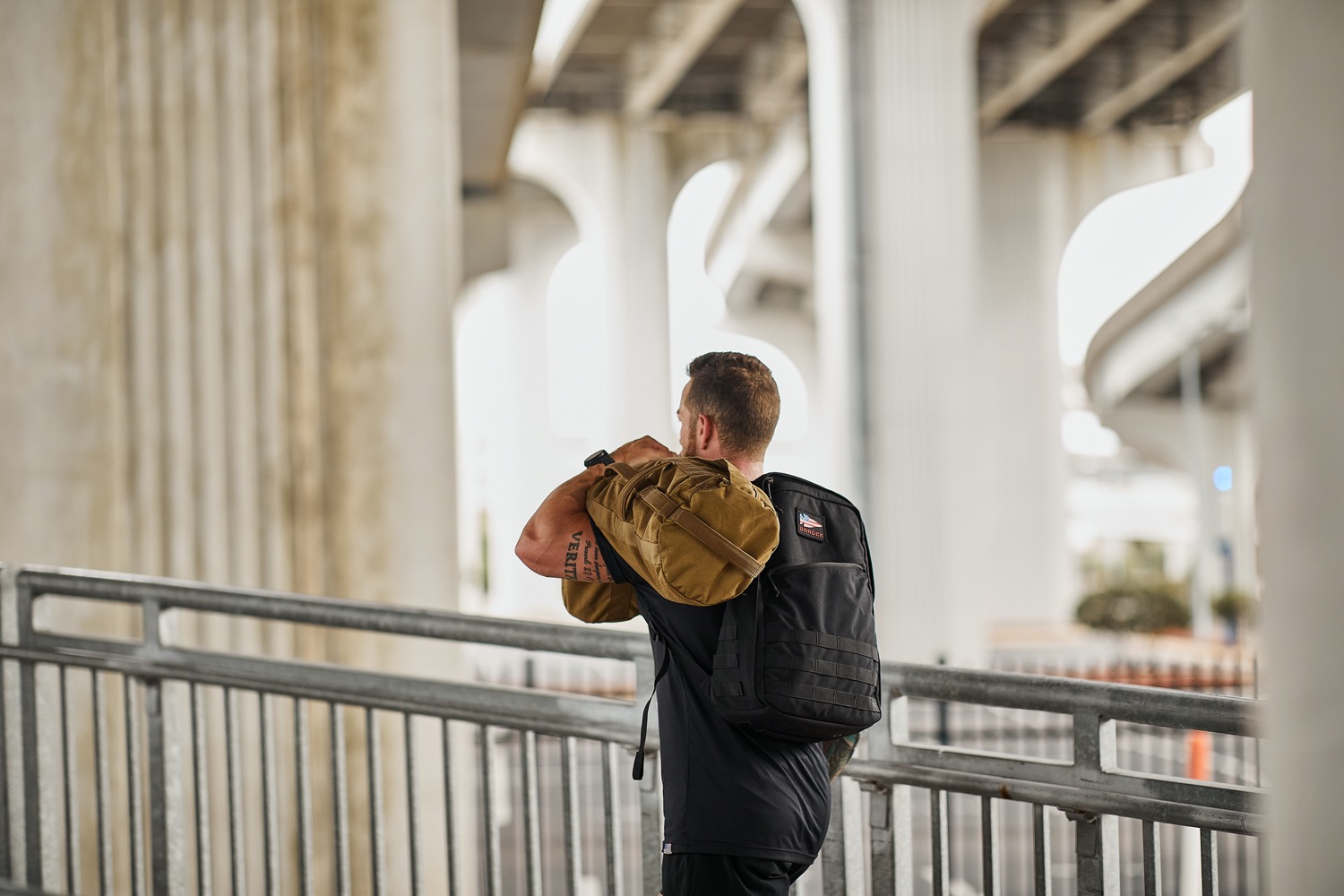
What do I need to get started?
Get your first 2 weeks of GORUCK Sandbag & Ruck Training FREE! Sign up here.
Feature Apparel:
- Men’s American Training Shorts
- Men’s American Training Shirt
- I/O CrossTrainers
- Women’s American Training Shorts
- Ruck Plate Carrier…back in stock in October!
- Ballistic Trainers…coming in October!
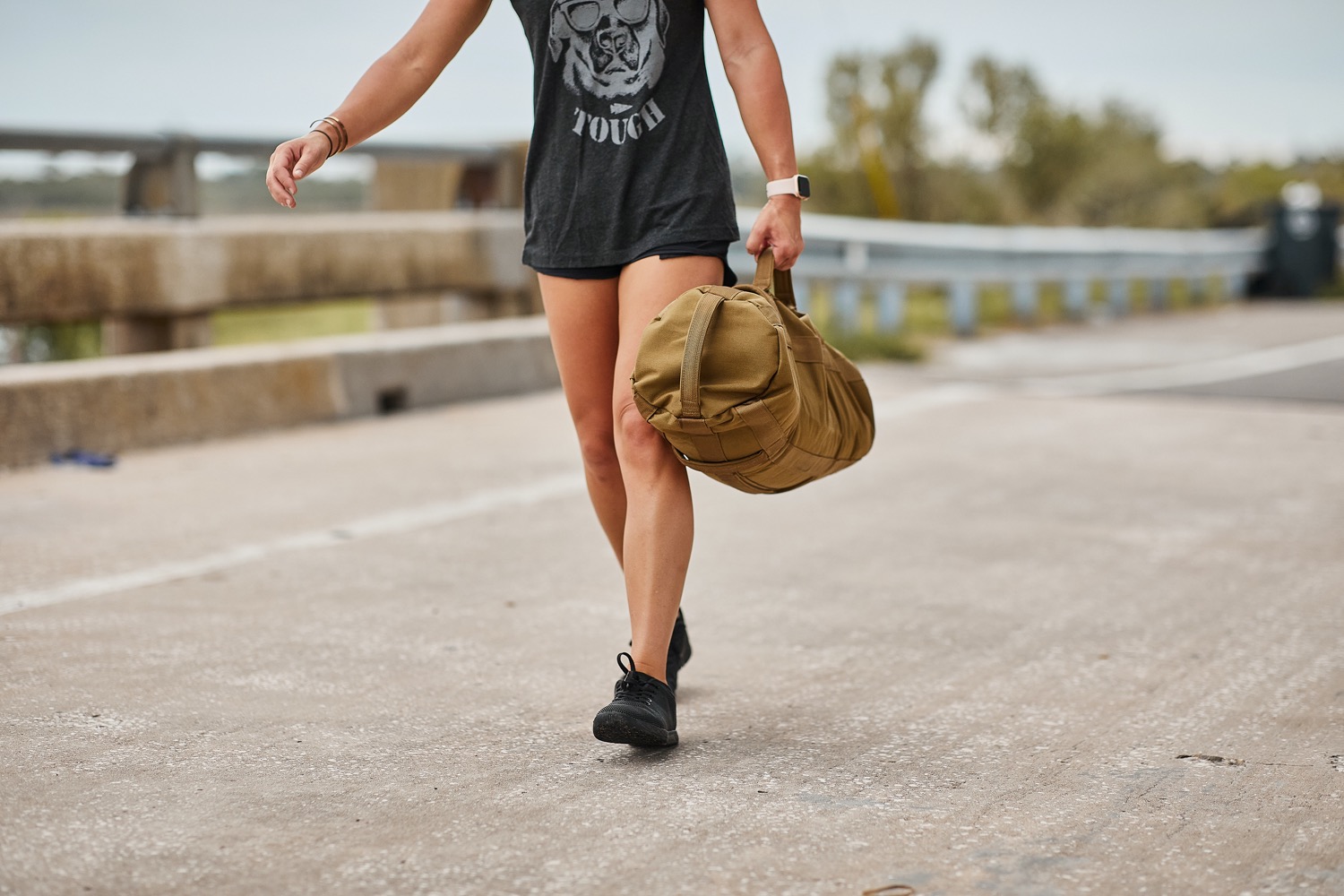
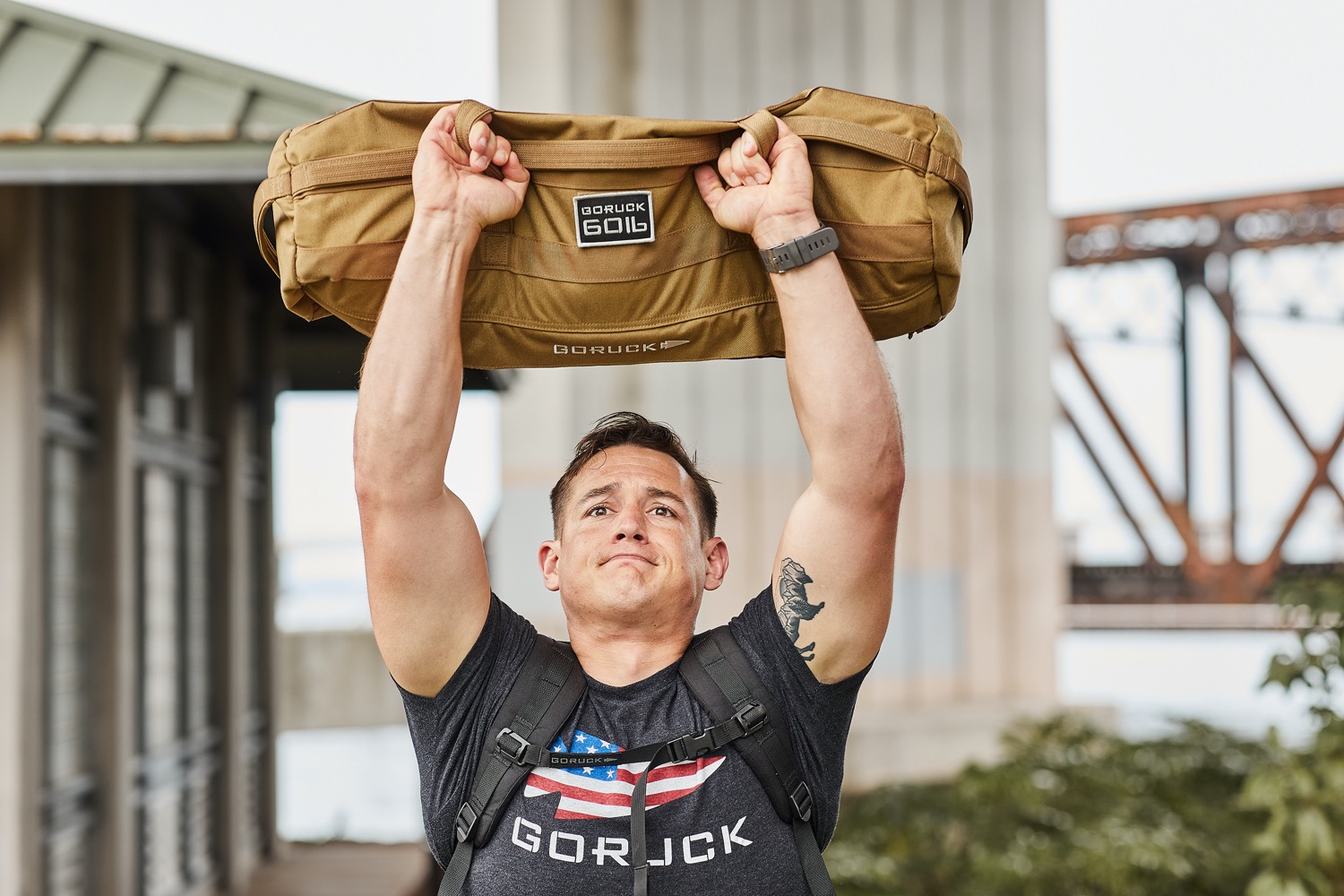
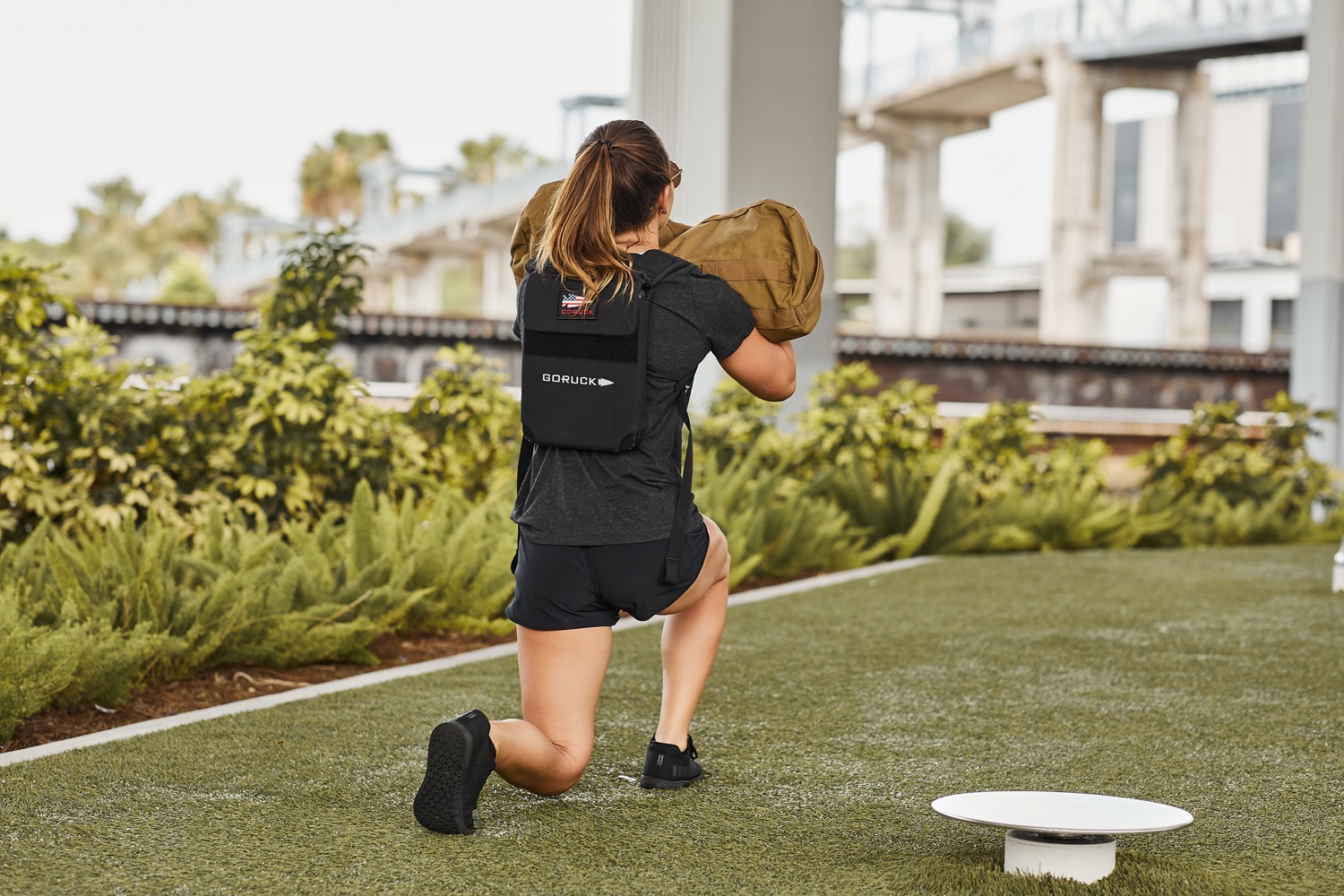
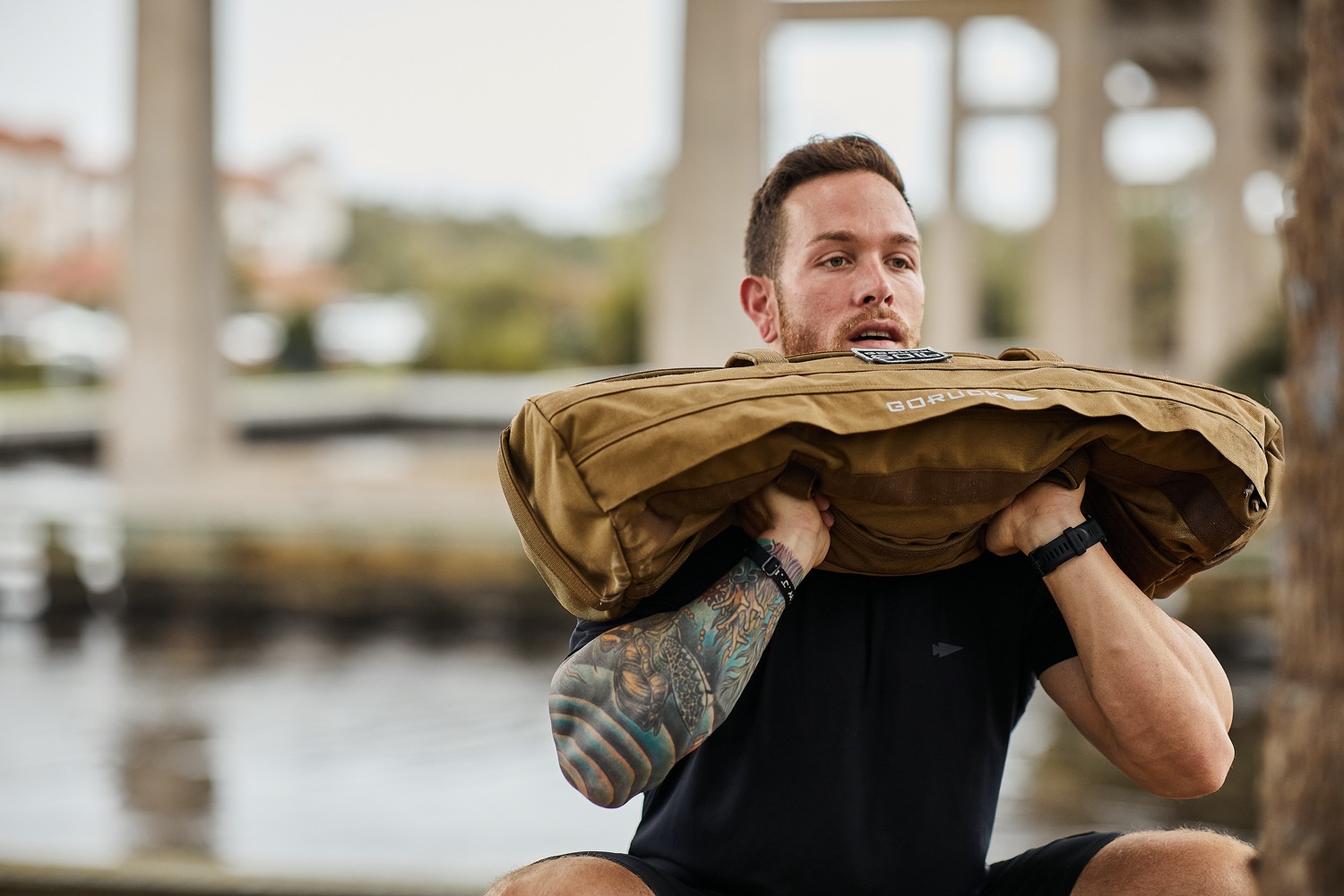
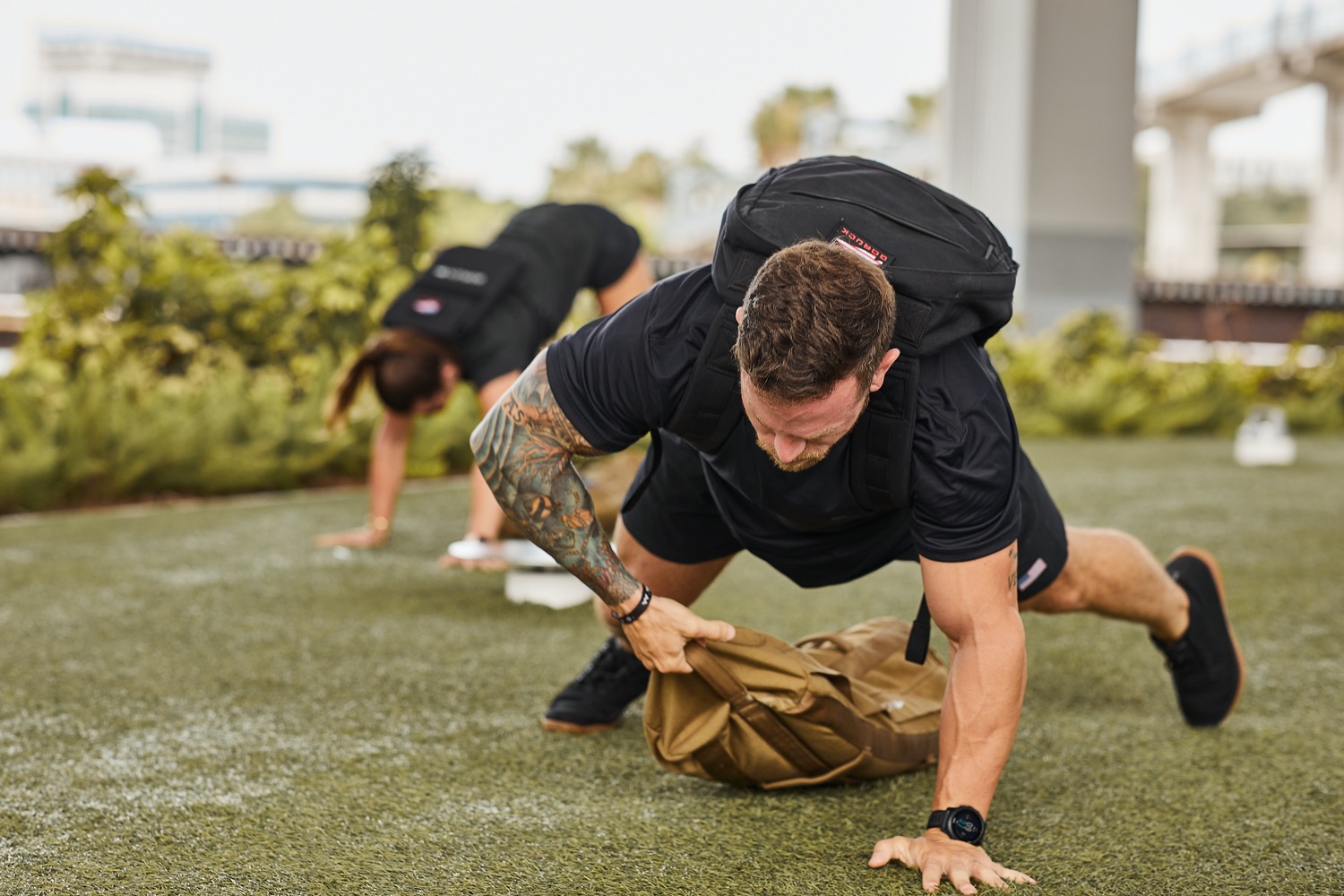
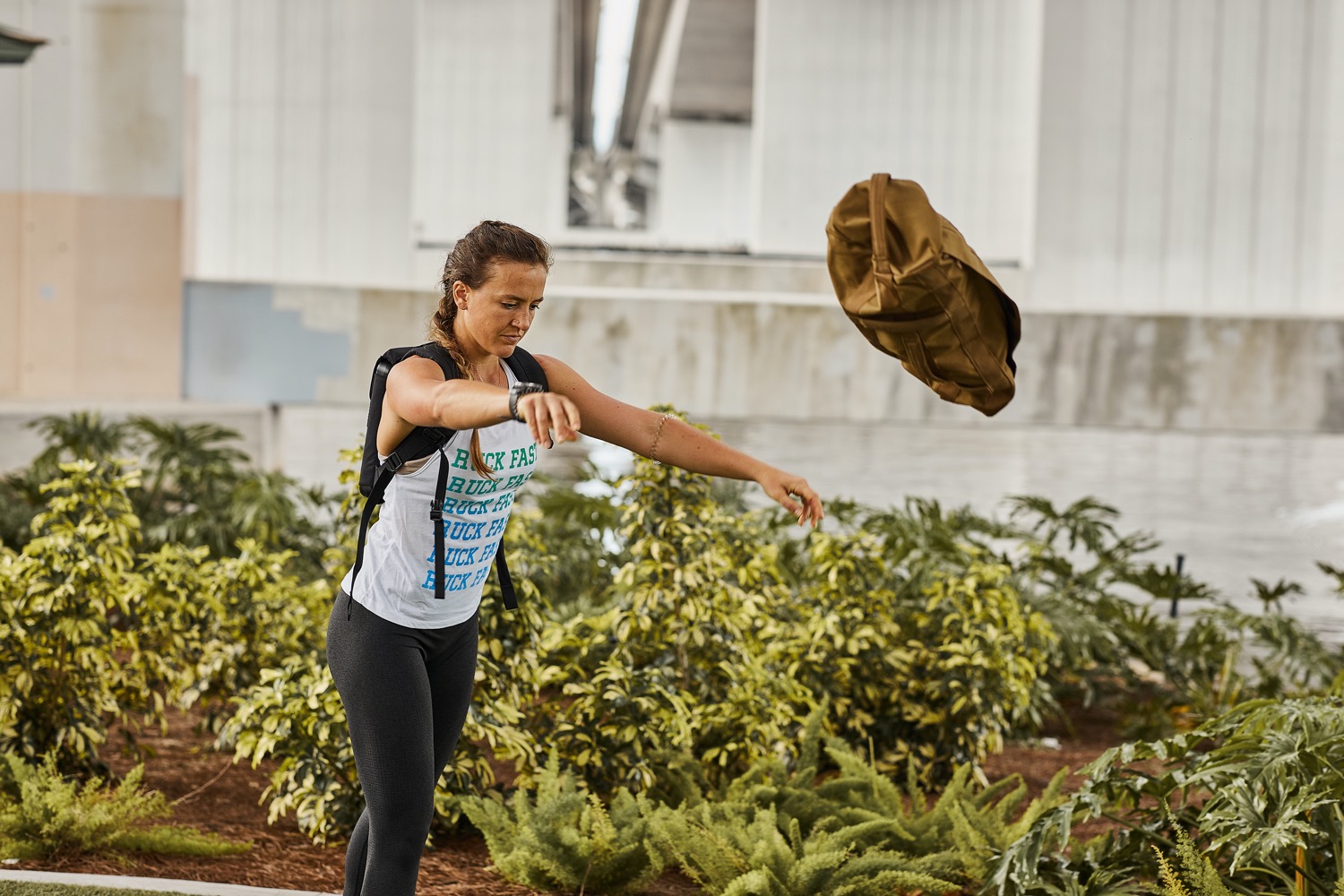
So using this workout as an example, how does one do the first exercise if one does not have a sandbag? Ruck 200m only, or, use the ruck to do 200m suitcase carry?
For all exercises, a ruck or anything else heavy can be substituted in place of the sandbag. Use what you have. I am saving up to buy a better quality same bag. The one I have is cheap is getting more and more holes. GORUCK sandbags are not necessary but they are worth every penny. The quality is unmatched and the amount of handles make every exercise a little easier to control.
hgh kaufen legal
References:
http://www.mmgold.top
wachstumshormone hgh kaufen
References:
graph.org
does androgel work bodybuilding
References:
git.manabo.org
The empirical proof that the athletes seen could have led to the event of
mistrust between the athletic and medical communities. Science has been lagging a number of years behind
the experimental practices of athletes. These practices are widespread to the athletic group and never for the medicinal purposes of anabolic steroid
therapy. In addition, some athletes (especially bodybuilders) have experimented with medication unbeknown to the medical neighborhood, i.e.
insulin, thyroid hormones, and site-specific enhancers corresponding
to Synthol and Esiclene to name a few.
Deca-Durabolin promotes lean muscle mass by stimulating protein synthesis and making a positive nitrogen balance within muscle cells.
Trenbolone users also wants to concentrate on their salt and
saturated fat consumption, as high quantities might contribute to increased blood viscosity and elevated LDL cholesterol during their cycle.
One Other benefit of testosterone is its ability to
reinforce energy levels and cut back fatigue. This can result
in more intense and productive exercises, allowing bodybuilders to
coach tougher and longer.
Underdosing could be a big downside, and you’ll solely suspect this is the case if you’re not getting the effects you anticipated after using the product for a few months.
The severity can vary from extreme at one end to non-existent for some customers, and also you won’t know whether anxiousness shall be a difficulty for you till you’ve began using EQ for a minimal of a couple of
weeks. There’s some anecdotal evidence that anyone who has existing anxiousness issues
when not utilizing AAS is more more likely to endure from it
on EQ. One of the extra mysterious unwanted effects that just some users
have reported is an onset or increase in anxiety.
I say mysterious as a result of we don’t know what causes it, although another AAS can also induce anxiousness and
comparable feelings. Adding Anavar to the ultimate weeks of this cycle
will supercharge the already unbelievable vascularity you get with EQ
by itself.
Some bodybuilders who see us have taken powerful diuretics, corresponding to Lasix (furosemide), and anti-estrogens/aromatase
inhibitors, similar to Nolvadex or Arimidex (anastrozole),
to combat fluid retention on Dianabol. We have discovered
regular cardiovascular exercise to be probably the most beneficial protocol for lowering high blood pressure in sufferers.
It’s value noting that Dr. Ziegler later condemned Dianabol use, calling it a
“disgrace” that wholesome athletes were destroying their health.
Dr. Ziegler later regretted giving Dianabol to athletes, who have been carelessly
overdosing and abusing the steroid he created.
Females can get not only important positive aspects while on EQ,
however many will find a vital improvement in the
quality of nails, hair, and pores and skin as properly.
It just isn’t a vastly potent mass-gaining steroid, so its
best use just isn’t as a main bulking compound. It can still deliver some good clear
features in mass and features that include fewer of the issues of steroids with larger estrogenic results like fluid
retention. A most cycle size of 6 weeks is optimal for females, striking a steadiness between the advantages and minimizing or
preventing unwanted effects, which are more probably
to develop with long-term utilization. Like many AAS, Equipoise
was first developed to deal with circumstances like muscle losing and osteoporosis.
Medical use of EQ in humans stopped during the Nineteen Seventies, however this steroid is still used in the veterinary subject
right now in horses.
However, in 1990, 32 years after it got here to market, Dianabol was banned by the FDA following the Anabolic Steroids Control Act.
It grew to become illegal in the US for non-medicinal causes, because
of a new understanding of the steroid’s potential to cause extreme side effects.
Ziegler had created a steroid with greater than double the
anabolic ranking of testosterone (210 vs. 100).
So, what I’ve offered above is a suggestion that can only be used as an essential guide.
I’m typically finding new and better methods to do issues, like changing doses barely or
timing, etc. These specifics are actions we are in a position to only actually experiment with ourselves, and TAKE NOTE of the pros and cons of
everything you attempt. The metabolites of a steroid will be detected
in urine testing (urinalysis), the most broadly used type of
drug testing. Metabolites are what remain of the steroid after the method
of metabolism, the place the steroid’s authentic chemical structure breaks down into smaller molecules.
You also can lose cash if your incoming package gets
stopped at customs or wherever else along the transport line earlier than it gets to you.
However worse than dropping money, in that case, is being caught buying steroids illegally (see
the legal section above).
Implementing a structured monitoring protocol
helps healthcare providers identify antagonistic effects early and adjust treatment plans accordingly.
Patients must be educated about potential unwanted effects and
inspired to report any new symptoms promptly.
In extreme instances, it could lead to a potentially
life-threatening situation known as an adrenal disaster.
Consequently, anabolics can render a person infertile throughout a period
of abuse. This facet effect is thought to improve spontaneously after the person quits utilizing
the medication. Anabolic-androgenic steroids (AAS) are a synthetic form of testosterone used to
extend muscle mass and strength.
He was sporting this fly fishing vest and he reached into one of the
pockets and he pulled out this little purple, egg-shaped capsule.
It’s not doping, it’s on your well being.” Yeah, it had testosterone in it. And that was the second, he handed me this capsule, that was the second. Yes, stacking Equipoise with testosterone, in a take a look at and boldenone cycle, is common and effective for maximizing muscle growth. When you use any steroids, whether or not oil-based, water-based, oral steroids, or injectable steroids, there could be always the danger of your main organs struggling harm because of the steroids getting used. In phrases of bulking, it’s nice because it promotes increases in muscle size, whereas also boosting power levels and power.
References:
PedsElite